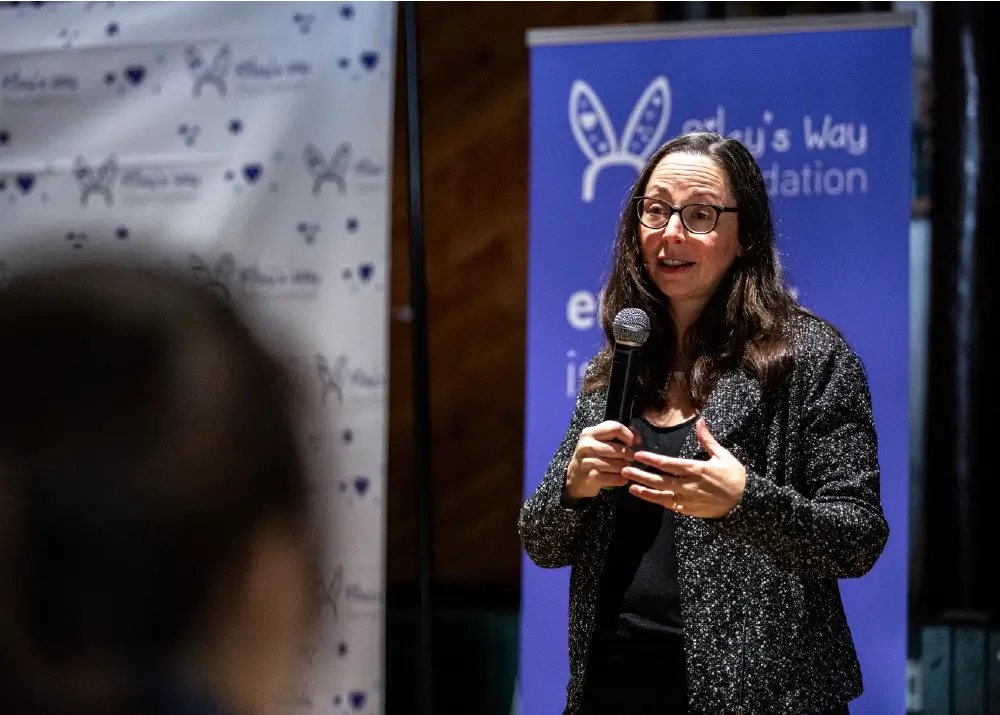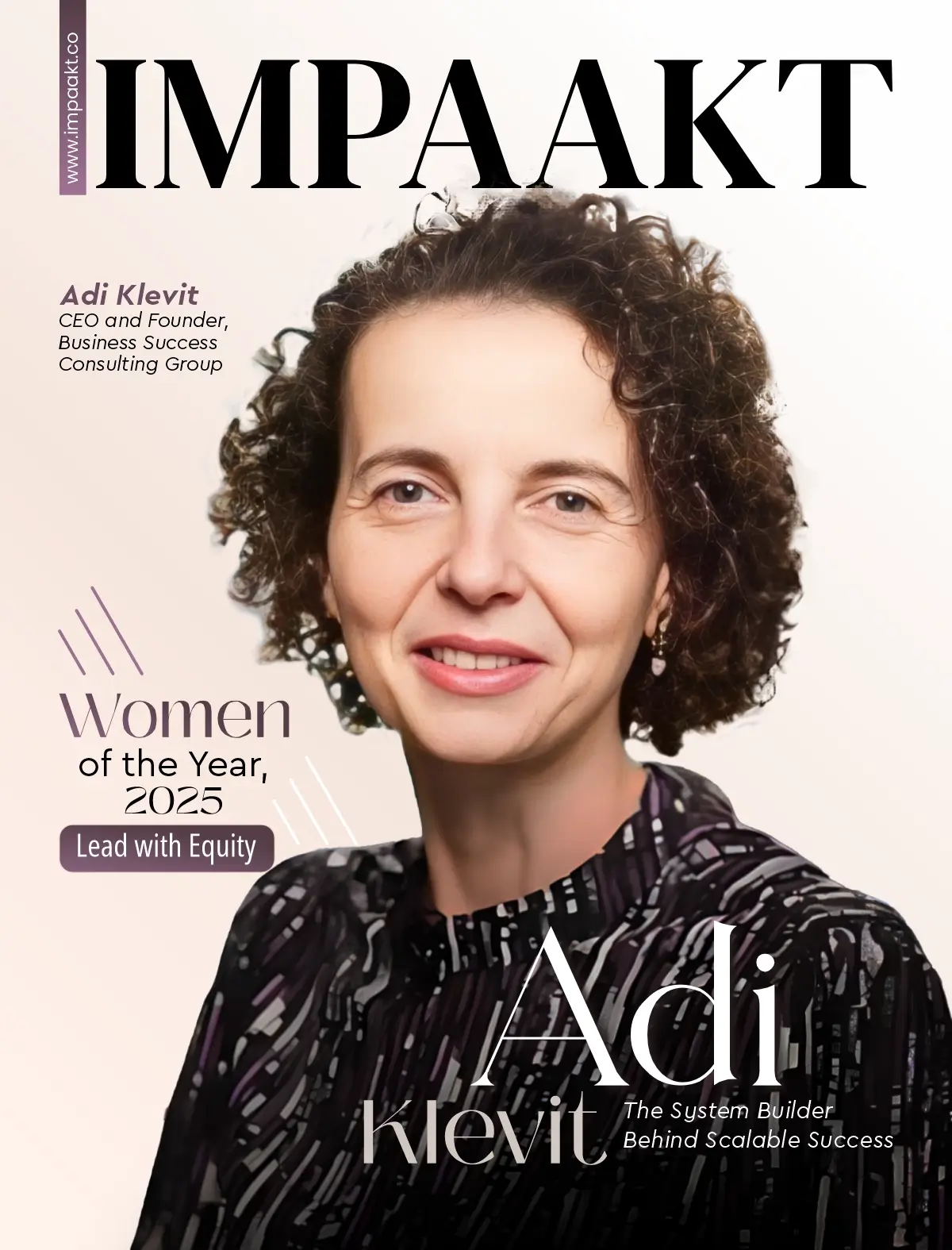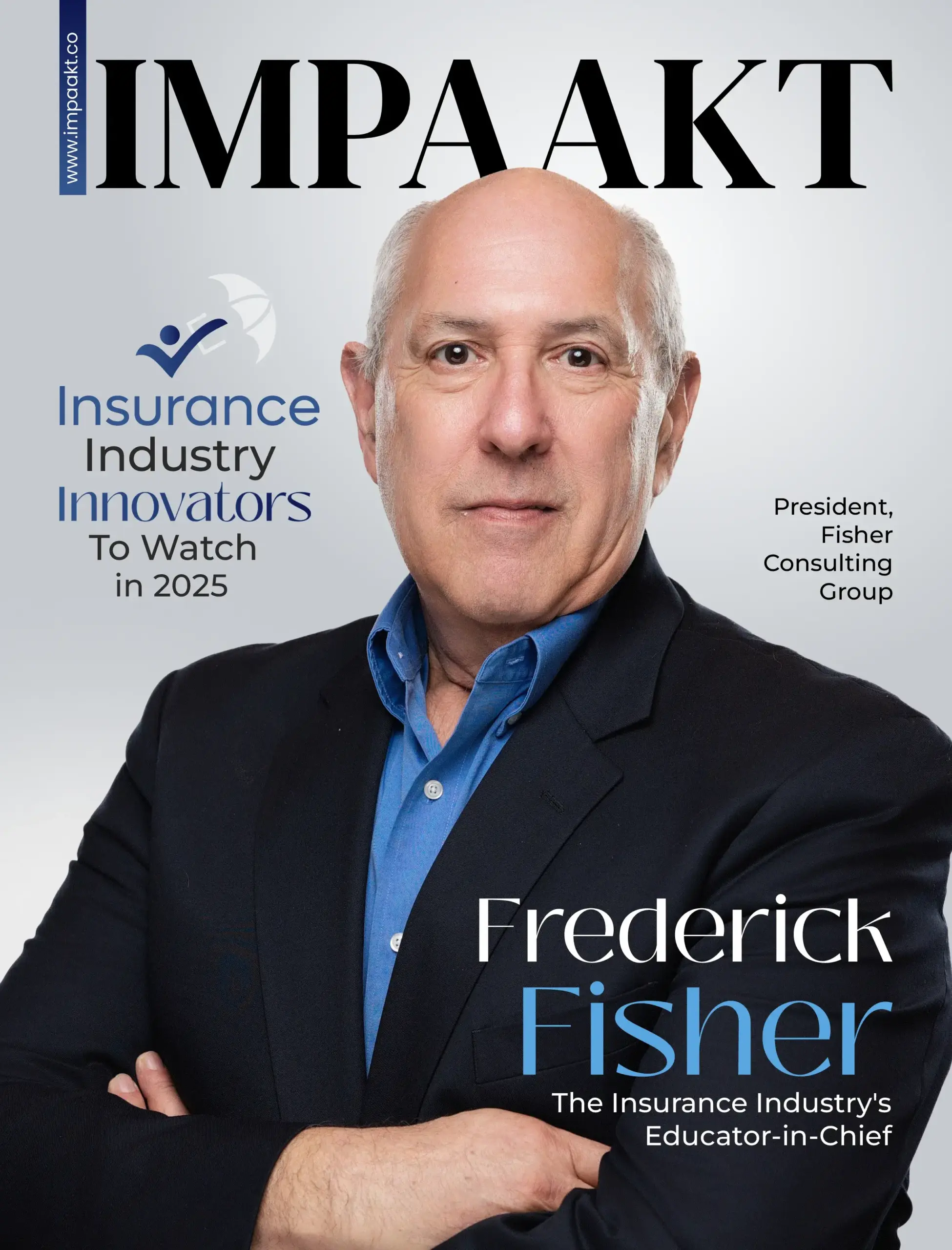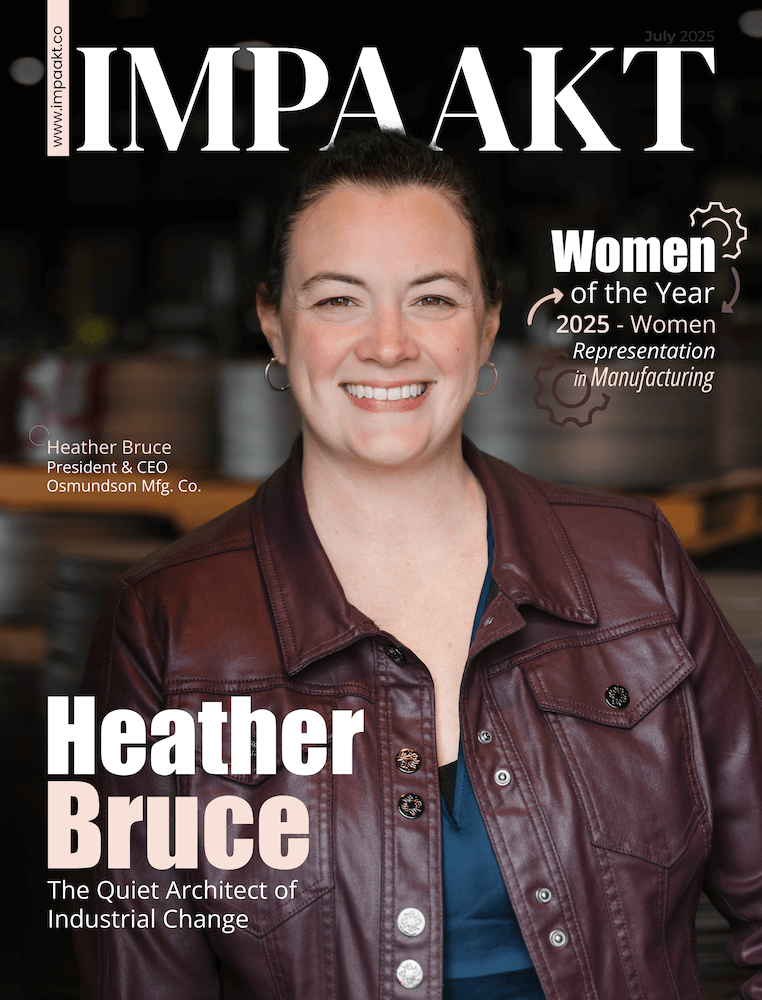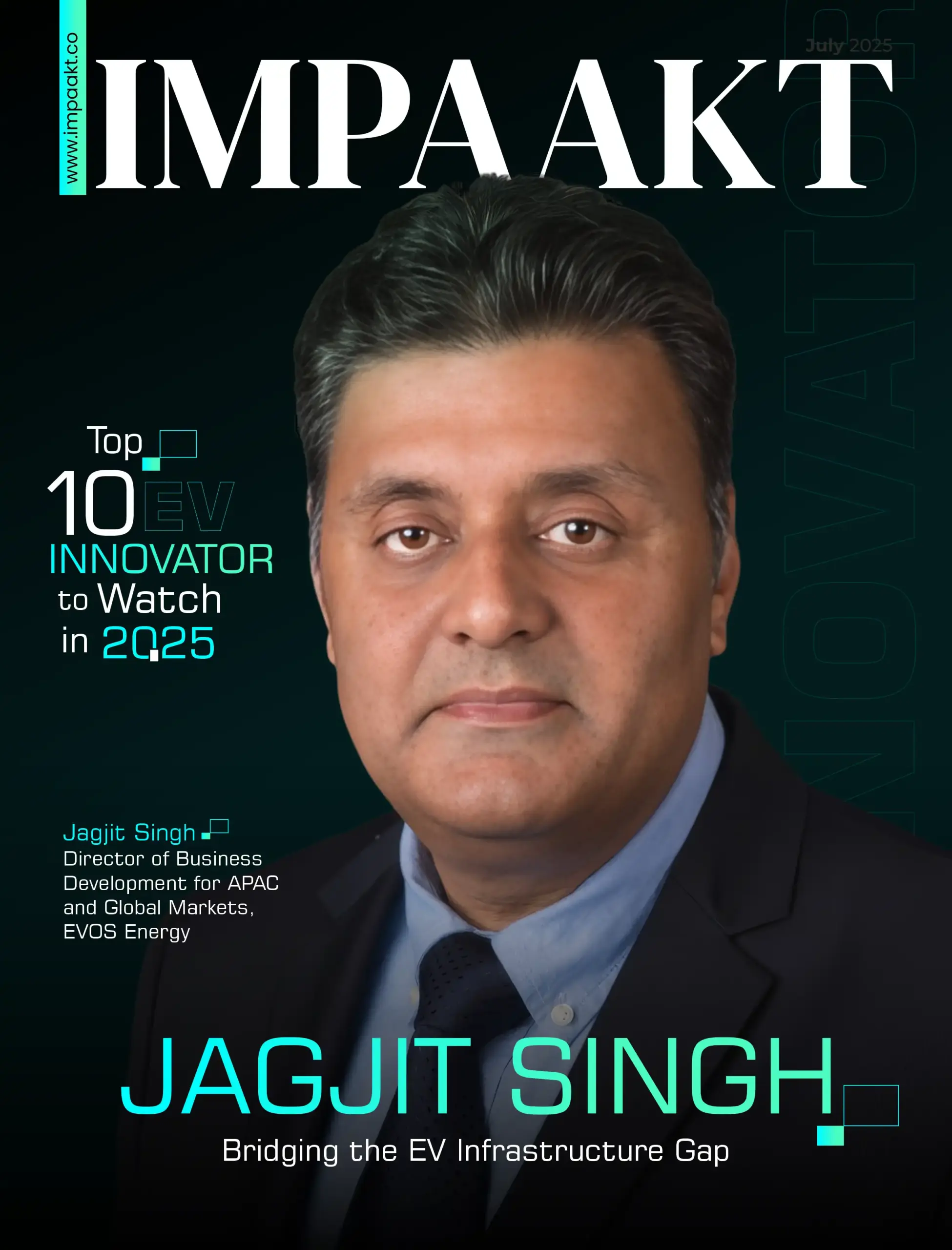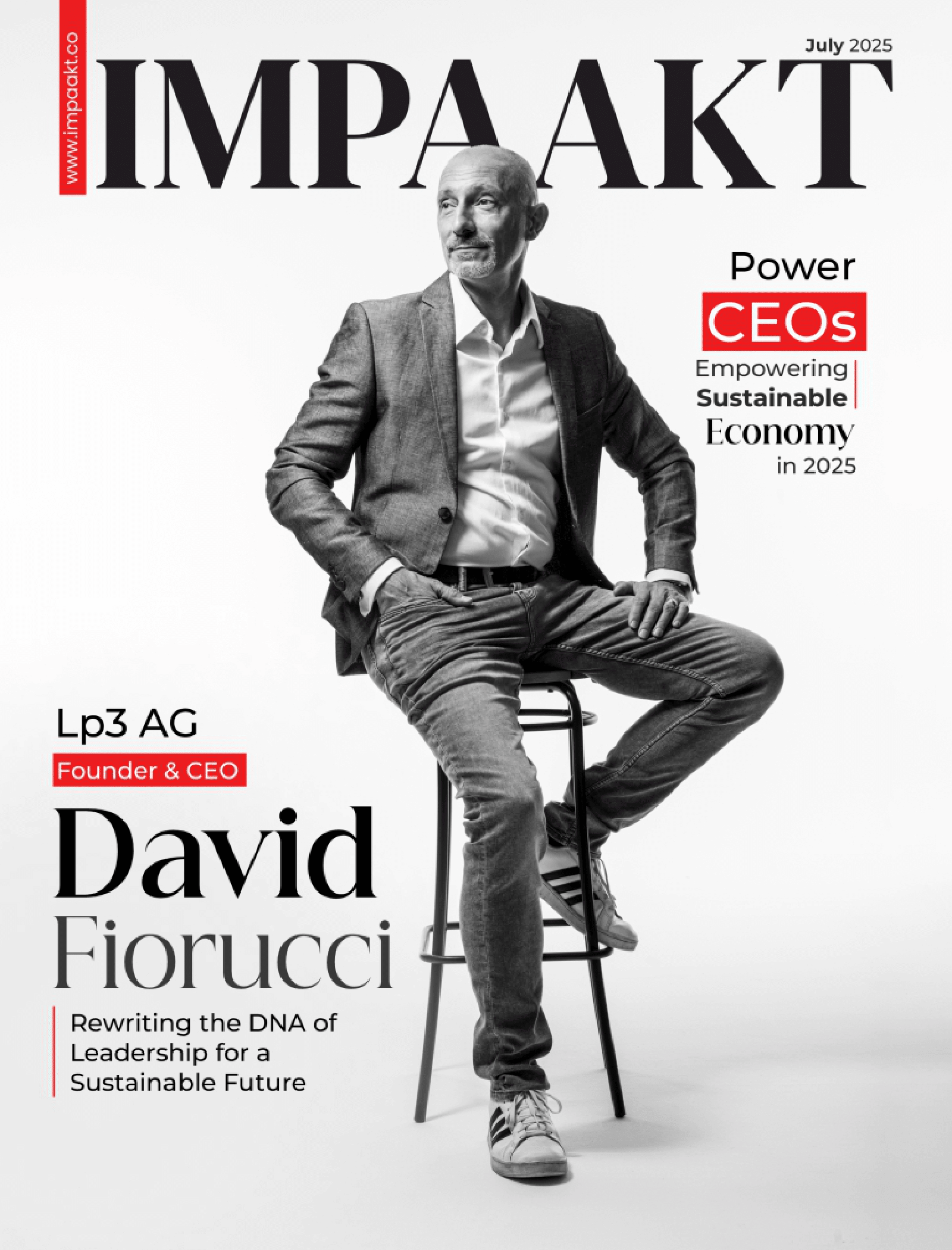The wonders of science often get lost in a maze of jargon and incomprehensible language, hence; bridging the gap between scientists and society is a must. Some individuals take this rare path and treat it not just as a choice but as a necessity. One such change maker is Christine O’Connell who fervently believes that, “Science without communication is like a book without readers.”
As the Associate Director of the Alan Alda Center for Communicating Science, Christine championed the idea that science and empathy are inseparable. Her innovative programs, combining improvisation, storytelling, and scientific communication, have revolutionized how scientists connect with the public and policymakers alike. “Empathy,” she stresses, “is the key to making science accessible and relatable. It may be challenging, but we all need to flex our empathy muscles.”
In her relentless efforts to promote women in STEM and leadership roles, Christine has fearlessly confronted gender bias and stereotypes. Her groundbreaking research on gender-based communication biases and her advocacy for inclusivity in academia have left a lasting impact and fostered a strong sense of community among women in the scientific world.
Today, as the Executive Director of the Riley’s Way Foundation, Christine continues her mission to empower the next generation of compassionate leaders. She firmly believes that kindness isn’t a sign of weakness; it’s a potent force for positive change. “Being a kind leader,” she asserts, “means building community wherever you go and making room at the table.”
Below are the interview highlights:
Can you share a bit about your background and how your journey in the field of science communication and leadership began?
Right out of college, I worked on a climate change campaign around the 2000 US Presidential Primary Elections. I remember being at a Townhall meeting in New Hampshire with the late Senator John McCain speaking; he was running for the Republican nomination. We asked what his plan was to address global warming. I was shocked when I heard him say that his understanding was that there “wasn’t enough scientific evidence to show it was happening.” I was shocked.
The scientific evidence has been there for decades that humans were responsible for driving climate change, and as a (naïve) budding scientist, I couldn’t believe a politician didn’t know this. We organized as many voices as we could to show up at every event: teachers, local policy makers, community members, and students.
At one of his last big appearances at Dartmouth College, McCain brought one of our organizers up on stage and said: I see you at every event this is clearly an issue young people care about, so I promise when I get back to the Senate, I’m going to hold a hearing on Climate Change.
And, he kept his word. Not only did he hold Senate hearings on climate change but went on to sponsor bipartisan legislation on climate change (which, unfortunately, didn’t pass). This experience showed me the power of communication and the power of organizing. You can have all the science in the world on your side, but you also need people. You need people to care about and understand why it’s important. That was the moment I realized how important science and communication were to tackle some of the big issues we were facing as a society.
What inspired you to transition from being a marine and environmental scientist to becoming a passionate advocate for science communication and women in STEM?
Throughout my career I connected science, society and policy. One of the reasons I went back to get my PhD was to give myself a strong scientific foundation on which to advocate for sound environmental and social policies. My experience in academia cemented my passion in both of these areas. While I was getting my PhD and as a professor in academia, I experienced and witnessed plenty of gender bias, and went on to focus much of my research in the area of gender-based communication stereotypes and experiences.
I also saw how siloed scientists were in academia, and how communication with policy members, the public, or even each other wasn’t valued or invested in, and in some cases, looked down upon. Then, I met the actor, Alan Alda, who had this idea to teach scientists theatre improvisation techniques to make them better at communicating their science.
I volunteered to be in the pilot group of scientists, we called ourselves the Bunsen Burners. It was transformative. We were all so much more clear, vivid and engaging in how we spoke about our science after doing some basic improvisation exercises that focused on empathy and making a genuine connection with the person to whom you were speaking. Teaching communication was the missing piece in STEM.
Your work at the Alan Alda Center for Communicating Science has focused on empathetic communication. Could you elaborate on how empathy enhances science communication and fosters connection?
Empathy is about making a genuine connection and trying to understand their point of view: where they are coming from? why do they care? they are their values or fears? It doesn’t mean you have to agree with them, but it does mean you have to be open to listen. Communication training helps you be present in the moment, and not get lost in your head about what you’re going to say next. That’s what empathy is all about, and it can be hard.
Similar to going to the gym, we all need to exercise our empathy muscles. Because when you make that genuine connection and someone feels like you’re really listening to them, they feel connected to you. Building genuine connections is the basis for a better understanding of each other and making progress on issues that matter to all of us.
What prompted you to develop innovative programs and curriculum that blend improvisation and storytelling with science communication? How have these techniques transformed the way of communication?
When we developed the Alda Center we combined the fields of theater, science and journalism. The curriculum was based on the principles of improvisation, which helped us to be present and make a genuine connection to our audience. We also worked with journalists who were skilled storytellers and knew how to get at what mattered to their audience.
We looked at the science of communication and techniques like storytelling, using emotion, being visual and distilling your message. We blended this multidisciplinary curriculum focused on empathy, connection, and saying things in a clear, vivid, and memorable way. Tens of thousands of STEM professionals have been transformed by these techniques and science communication is now an integral part of many STEM programs.
How did you lead the growth and development of some of the Alda Center’s most notable programs? What challenges did you face and how did you overcome during this process?
One of the programs I was most excited was the workshop program; we led hundreds of workshops at universities and institutions all over the world for STEM professionals. I could directly see the transformation in the scientists we worked with. One by one we were making a difference helping scientists communicate more effectively, and also changing the way people valued communication in STEM fields.
The biggest challenge we faced in the early days was getting people to care. We had multiple students hide that they were taking our classes from their research advisors. Their supervisor thought it was a waste of time to be outside of the lab. I remember one professor coming to us and saying that he initially thought our science communication courses were a waste of time, but now he was seeing the students in his lab (who took them) winning awards at conferences, writing better papers, and becoming better scientists.
He said their weekly lab meetings were better because people were able to understand each other, ask great questions, and collaborate on ideas. It was not easy at first, but we started to change the culture of science. After a few years of doing this, we saw science communication programs pop up all over the country, and now, science communication is seen as an important part of the education of scientists. I’d like to think that I helped play a small part in shifting the needle to change things.
You’ve been a strong advocate for advancing women in STEM and leadership roles. What strategies do you believe are essential for creating a more inclusive and diverse environment in these fields?
Organizations have to do a better at job creating considering effective diversity, equity and inclusion (DEI) efforts and programs. Many DEI efforts become a checkbox or a report that sits on a shelf; they don’t make a difference in the day-to-day or change the culture. There are groups out there doing incredible work on this topic, like 500 Women Scientists, who not only create platforms to amplify the voices of marginalized voices in STEM, but also hold us accountable.
We should take their lead and put more funding behind efforts and groups that make a tangible impact. Efforts that get (and keep!) more scientists who identify as women and other underrepresented identities into leadership positions and positions of influence. Simple things we can do to help combat gender bias in STEM culture is bystander training, training hiring committees in unconscious bias, having childcare access at scientific conferences, fixing the pay gap and holding leaders accountable for real institutional change.
Could you share examples of initiatives or experiences where you’ve seen the impact of your efforts to promote women in STEM and leadership?
I started doing research into communication and gender bias in STEM because of what I was seeing at science communication workshops. On multiple occasions, I had female identifying scientists come up to me and say that the techniques we suggested, such as using emotion, were not something they could do – it would be held against them. There is a double standard for women and I heard it over and over and over again (and experienced it myself).
I was giving a workshop once at a certain Ivy League university and a very well-known male scientist came up to me afterward and said “when you first got up there to talk I thought to myself who is this little girl and what is she going to teach us, but then, by the end of your talk, you had us eating out of your hand.” What he thought was a huge compliment, left me feeling stunned. I realized afterwards that I felt this from audiences many times as I got up to talk; this guy just had the nerve to say it.
I decided to explore this more with my colleague Dr. Merryn Mckinnon and have conversations with women in science about bias. One of the biggest impacts from the research we did around communication gender bias and stereotypes, were the conversations we started. Our focus groups opened up a safe space for women to talk about their experiences with bias, many for the first time. It made a difference and created lasting community.
As the Executive Director of Riley’s Way Foundation, you invest in the next generation of kind leaders. How do you define “kind leadership,” and why is it important in today’s world?
Being a kind leader is essential in today’s world, and we need more of them. To solve some of society’s biggest problems we have to learn to work together and listen to each other more. That is why our work at Riley’s Way is so important – we provide seed funding for social impact projects, leadership development and a peer-community of practice to the young leaders we work with. Being a kind leader not only makes you a better boss and a happier person, but it makes for more creative teams, happier employees, innovation, and a better, kinder world.
That is something we should all be striving for. Being a kind leader means building community wherever you go and practicing empathy every day, even when you disagree. It is ok to disagree, as long as you hear and listen (really listen) to the concerns of those around you, and then communicate your point of view. Kind leadership is being inclusive and building others up and making room at the table. I always ask myself, “Whose voice should be here that isn’t?”
Being a kind leader also means taking care of yourself and doing the work to make yourself whole.
Could you highlight some of the notable achievements and projects supported by Riley’s Way Foundation that embody the values of kindness, empathy, and connection?
There’s so many incredible projects and individuals we’ve supported; it’s been the highlight of my career to see our Fellows grow into strong, thoughtful, and inspiring leaders. Our Call For Kindness Fellows tackle critical topics like food insecurity, societal injustice, and the mental health crisis facing our young people. We brought hundreds of young leaders together at our Leadership Retreats to inspire social change and build community.
We created a Youth Advisory Board that advises us on all aspects of the programs and strategy, now we as an organization are living by our own values.
A project that sticks out to me (and there’s been many), is one of the first Call For Kindness projects that we funded called Purple America. It was about bringing highschoolers together from “red states” and “blue states” to talk about policy issues, but starting from a place of real connection and empathy.
Another young person, Dylan from Computers4People (& RW Youth Advisory Board Member) collected, refurbished, and donated 1400 computers to low-income individuals to promote access to opportunity. Sriya, from Girls Who STEAM in NJ is working to empower girls to pursue science careers and has held over 70+ events impacting more than 4,000 students.
Anya and Kat, founders of the Colorization Collective in Seattle, have connected over 260 teen artists of color from 16 states and 4 countries with resources, opportunities and mentors who look like them, with the goal of promoting diversity in the art world. Grayson, 22), created T.R.A.N.S. (Togetherness + Really Awesome Non-Normative Support) in AZ which is a support group for Trans and Nonbinary people pursuing STEM careers.
What advice do you have for young individuals who aspire to become effective changemakers and leaders in their respective fields?
Build a strong community and you will always have them to lean on. Also, if you have an idea to make your community, school or the world better, just go out there and do it. You’ll never learn and grow if you don’t try. Even if it doesn’t work, you’ll learn something and be more prepared next time. I have grown the most as a leader out of my perceived (at the time) failures and disappointments.
Looking ahead, what are your aspirations for the future of science communication, leadership development, and promoting kindness among young leaders?
My aspiration is this: more kind leaders out there making a difference. At Riley’s Way Foundation, I will continue to support these emerging leaders in STEM, business, arts, education, policy and communities, all who have kindness at their core.
The past few years have challenged us as a society and individuals: a global pandemic, a deep political divide, economic and environmental unrest, and historic attacks on human rights, our democracy, and women’s health and reproductive rights. Sometimes, I am scared too. Yet as we (continue to) pass through this time, I have been so inspired by the young people I get the privilege of working with, who remind me daily that fear need not paralyze; it can catalyze: it urges us forward to look outward, to find hope in our communities, to inspire collective action to make things better.
